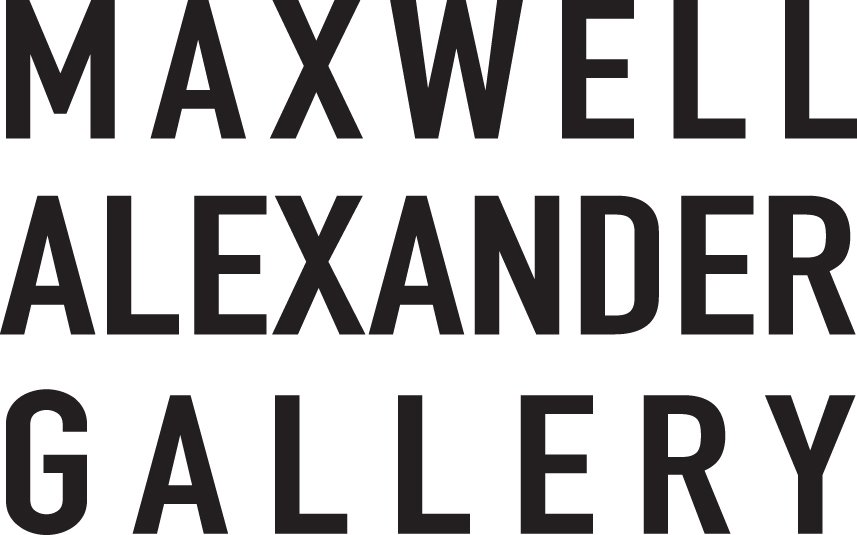Eric Bowman endeavors to capture a sense of romance in his Western artwork. It’s not about historical accuracy or highly detailed portrayals of cowboys performing realistic duties; rather, it’s about depicting that heroic, iconic view of the cowboy that has grown in popular culture over the years-the John Wayne and Clint Eastwood figures. Bowman’s upcoming show at Maxwell Alexander Gallery, titled Storybook Cowboy, will be on display from Jun 2 to 30 and includes Western landscape paintings of “the adventurer cowboy-the ones little boys look up to,” says Bowman.
The primarily self-taught artist is dedicated to developing his individual style, explaining that the new Western art market has evolved into something that looks more closely at the telling of a story instead of a strict historical representation of a certain time period.” Even though my work is clearly representational art, I’m saying more with color, line drawing, brush-style artwork that with [specific details],” Bowman says. In more recent years, the conversation around the Western art market has taken on a broader acceptance of a more contemporary approach, he explains.
Echo Canyon, oil has probably the most heroic pose of those pieces. The horse and rider, cast in partial shadow from the canyon behind them, are set in the foreground, putting them at the center of the viewer’s attention. In Green Mountain, that storybook feeling comes from the grand, epic mountain behind him, Bowman says, while Night Watch features a rising moon in dramatic light.
“The cowboy I grew up watching on TV or in the movies….there was always that dichotomy of good and evil, and the cowboy was always the good guy. As a kid, it was something I always looked up to,” Bowman says.
Having begun painting Western scenes in the past three or four years, Bowman says he hopes viewers can see a maturity in his work and subject matter. The California painters are a major source of inspiration, but that he aims to take that influence and blend it with his own voice and style. “There are different ways to say essentially the same things over and over and over,” Bowman adds. “In the end, it’s about expression without hindrance, allowing the character of the subject to “impact” the viewer in a positive and intriguing way.”
For more work by Bowman, click here.
